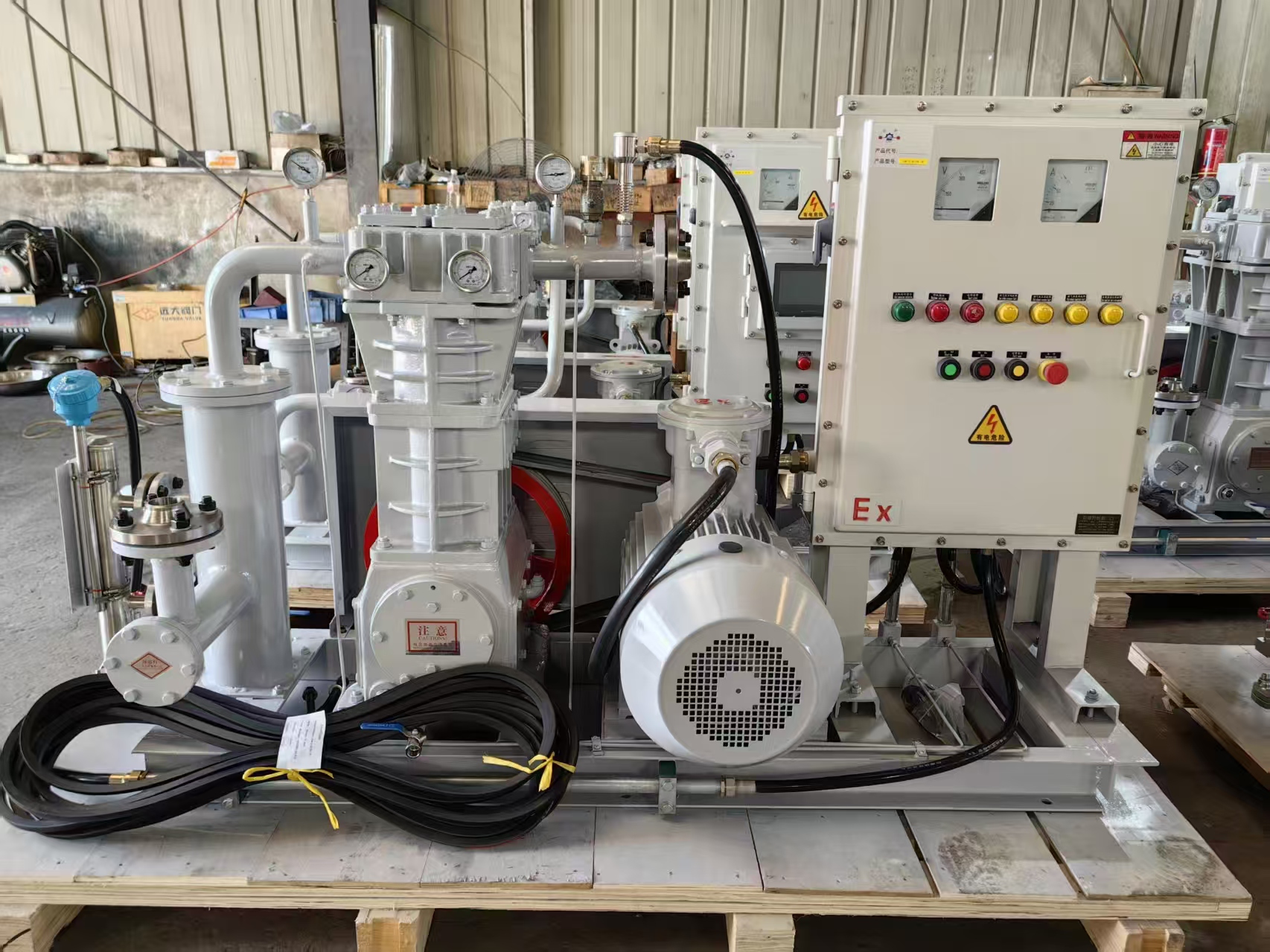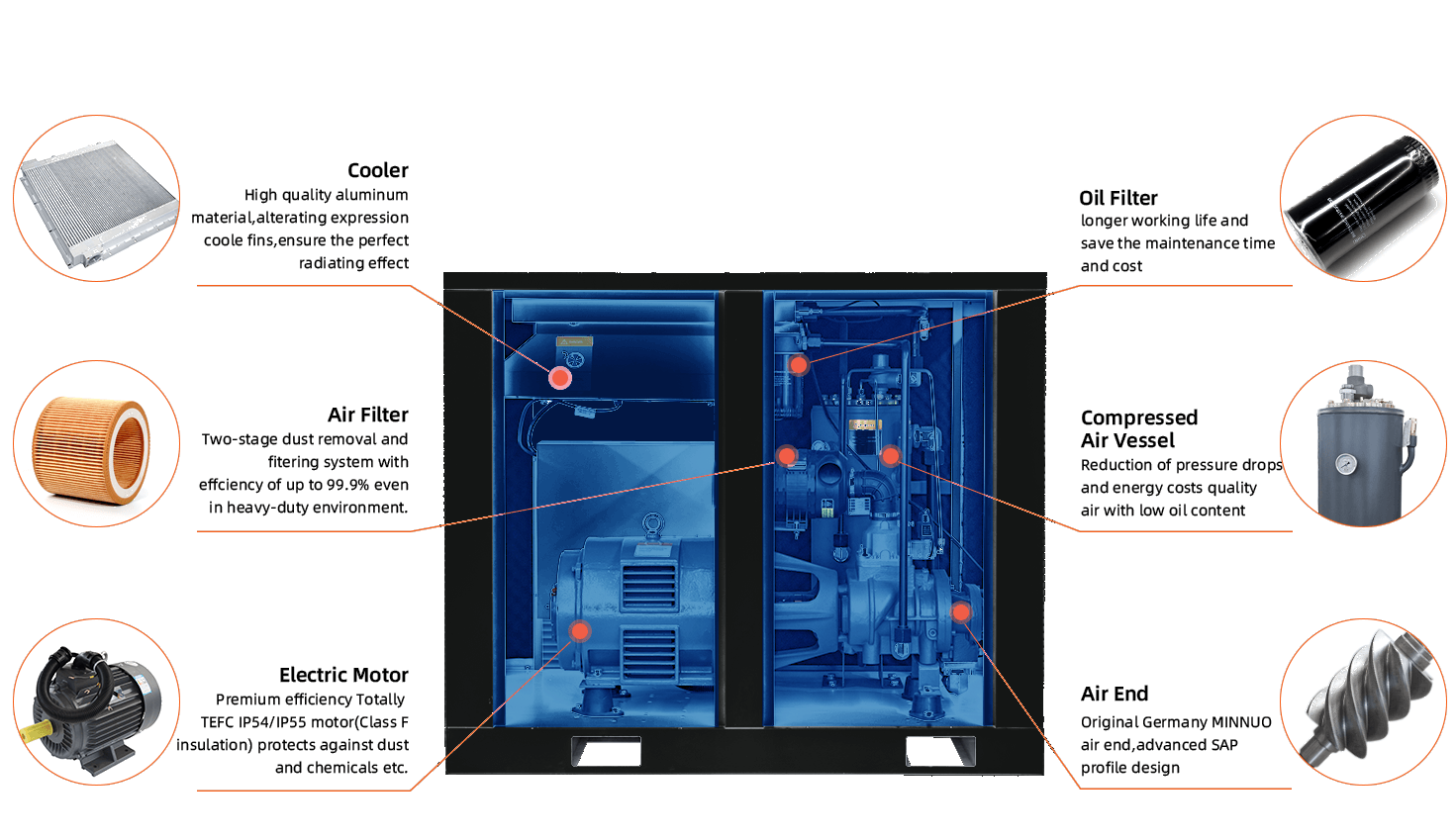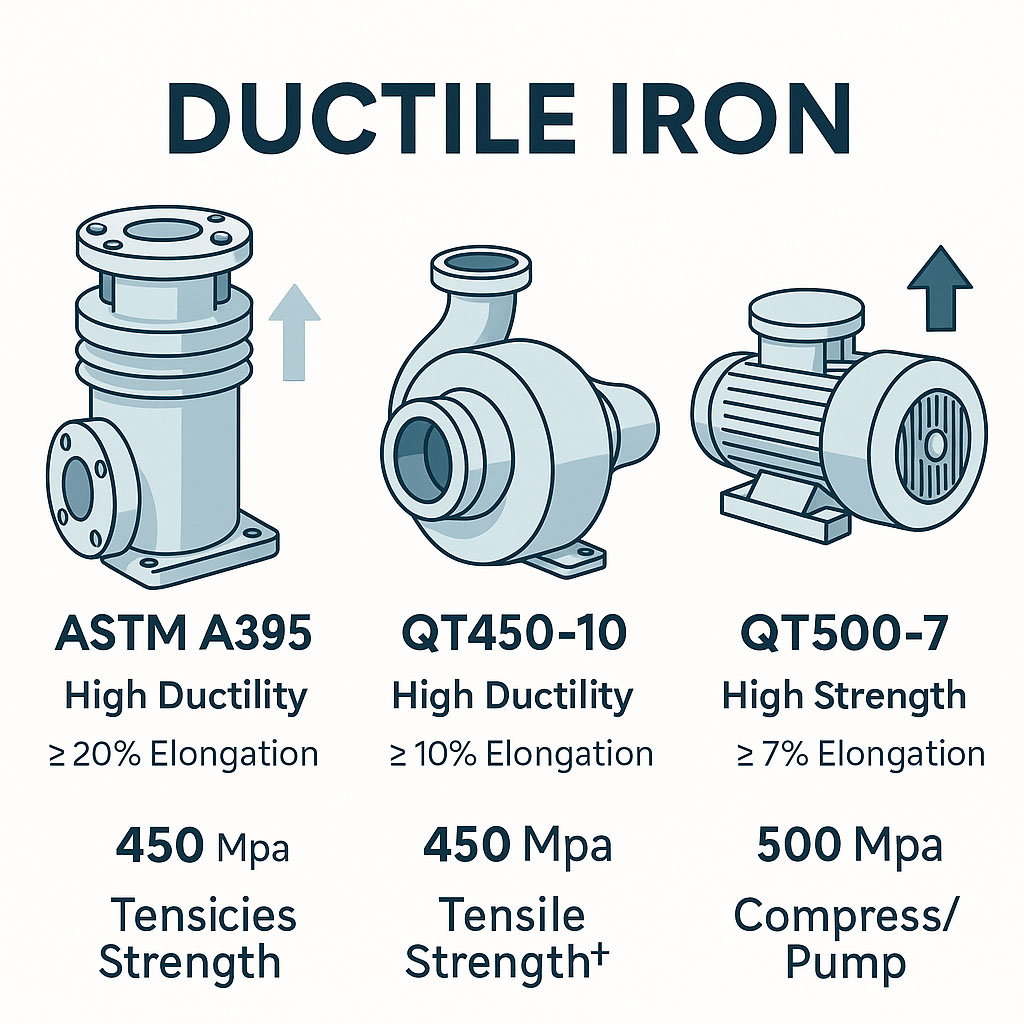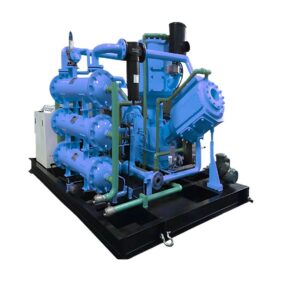Understanding leak detection for 20Cr13 valves in petrochemical applications
In industrial gas compression, one factor determines safety, longevity, and reliability more than any other—gas tightness. Whether handling oxygen, hydrogen, or natural gas, any leakage at the valve level can cause catastrophic outcomes ranging from fire hazards to product contamination or costly downtime.
This article dives into the why, how, when, what, and who of tightness testing in high-pressure compressors, especially for 20Cr13 stainless steel valves used in oxygen and hydrogen systems. We also explain how Keepwin Technology helps OEMs and petrochemical clients ensure leak-free operation through custom-manufactured precision components and certified testing.
🔍Why Tightness Testing Matters
When compressing reactive or explosive gases like oxygen and hydrogen, even a micro-leak can lead to serious safety risks. In petrochemical plants, where compressors often run continuously and operate under high pressures (up to 250 bar or more), gas tightness isn’t just a quality issue—it’s a compliance and survival issue.
For example:
- In oxygen systems, leaks can accelerate material oxidation, leading to fire or accelerated wear.
- In hydrogen applications, the small molecule size of H₂ makes it highly penetrative, requiring valves with ultra-tight seals.
- In oil & gas refining, trace leakage can cause VOC emissions, risking environmental non-compliance.
- Hence, 100% leak testing—piece by piece—has become the industry norm.
What Are the Main Testing Methods?
Several tightness testing approaches are commonly used, each with its own merits:
| Method | Medium | Sensitivity | Application Notes |
| Kerosene Leakage Test | Liquid | High (visual) | Cost-effective, visual, suitable for valves of all sizes |
| Air Pressure Test | Dry Air/N₂ | Medium | Requires jigs; common for batch testing |
| Helium Mass Spectrometry | He gas | Very High | Expensive; used in aerospace, hydrogen systems |
| Bubble Emission Test | Air + Water | Medium–High | Visual, simple, but not suitable for oxygen |
At Keepwin, we primarily use kerosene leakage testing for precision valves, especially those made of 20Cr13. This method is highly sensitive, visually confirmable, and does not require costly test molds—making it an ideal balance between accuracy and cost for most customers.
Why 20Cr13 for Oxygen and Hydrogen?
20Cr13, a martensitic stainless steel, offers a balanced combination of:
- Good mechanical strength
- Moderate corrosion resistance
- Excellent machinability and sealing surface quality
When heat-treated correctly, it achieves tight tolerances and fine surface finishes that help maintain high sealing performance under cyclic pressure loads.
In oxygen-rich environments, we further degrease all machined parts to prevent spontaneous ignition caused by hydrocarbon contamination.
When Should Tightness Testing Be Done?
At Keepwin, gas valve leak testing is performed at two key stages:
- After Machining and Assembly
Each valve undergoes kerosene testing for gross leakage. - Before Final Packaging
A final round of testing ensures sealing integrity after thermal treatment or component changes.
All results are recorded in Keepwin’s Quality Tracking System, and leak test reports can be issued upon request.
Who Needs This the Most?
These industries are highly dependent on tightness-proven valves:
- Petrochemical & Refining Plants
Leakage can lead to fire or emission violations. - Medical & Industrial Oxygen Suppliers
Require oil-free, leak-tight components with degreasing. - Hydrogen Energy Projects (Fuel Cells, Electrolysis)
Extreme sealing requirements due to molecule size and explosiveness. - High-Pressure Cylinder Filling Stations
How Keepwin Helps
At Keepwin Technology Hebei Co., Ltd., we specialize in custom manufacturing of gas-tight valve assemblies for compressors handling oxygen, hydrogen, nitrogen, and CO₂. Our services include:
- Machining of valve covers, seats, and bolts from 20Cr13, 316L, Inconel
- OEM/ODM production based on customer drawings or physical samples
- CNC precision with ISO-standard tolerance control
- 100% kerosene leak testing for each valve
- Optional degreasing for O₂ systems
- Rapid turnaround and flexible MOQs
Whether you’re developing hydrogen fueling equipment or modernizing oxygen compressors for medical gas distribution, Keepwin delivers tested and certified precision parts—ready to install and perform.
Final Thoughts
Gas tightness testing is not just a technical detail; it’s the foundation of trust between compressor manufacturers and their end users. Choosing the right testing method, right materials (like 20Cr13), and the right supplier is what ensures long-term performance and safety.
- Need leak-proof valve components for your next project?
● Contact Keepwin for expert machining and certified testing services.
Contact Keepwin Technology
Email: keepwin@keep-win.com
Website: www.keep-win.com











